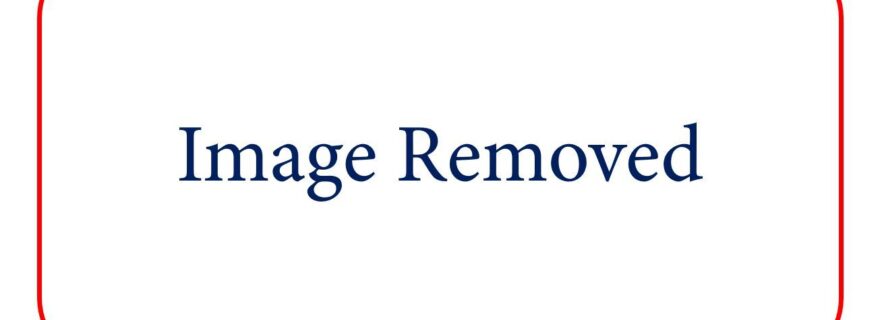Selfie Extremism
Some lone attackers show not only a diffuse mixture of societal and personalized grieves, but more importantly, the same desire to show themselves to the world in what can be labelled performative violence, or 'Selfie Extremism'.
In his 141-pager My Twisted World Elliot Rodgers explains his hate against women and society at large. Rodgers killed in May 23, 2004 six people and injured thirteen others before committing suicide. Besides the publication of his manifesto, Rodgers uploaded several YouTube video’s with the same message: ‘Tomorrow is the day of retribution, the day in which I will have my revenge against humanity, against all of you. For the last eight years of my life, ever since I hit puberty, I've been forced to endure an existence of loneliness, rejection and unfulfilled desires all because girls have never been attracted to me.’
By publishing a lengthy manifesto in which Rodgers described his life in detail and explained for his hate, he seems to follow the footsteps of other lone attackers who also showed not only a diffuse mixture of societal and personalized grieves, but more importantly, the same desire to show themselves to the world. This can be seen as the cultural script of self-exhibition that dominates current societies. The importance of individual responsibility, authenticity, wealth, celebrity status and self-expression that is being emphasized in the ‘Casting Society’ paves way to understanding oneself and presenting oneself to the out world as a brand (‘the brand Me’). That also applies to violence.
This kind of performative violence therefore foremost refers to itself. It is the construction of identity or position through active expression. Performative violence is not directed so much against the world, but clamours for attention from audiences, demands audiences to look intently to the actor/perpetrator and by doing so recognizing and acknowledging the actor/perpetrator in its very existence and uniqueness. The 1500-pages Anders Behring Breivik for instance published in which he legitimatized his terrorist attacks in Norway not only contained a mixture of conspiracism and political-ideological hate, but also lengthy sections about his life, his favourite music, his popularity amongst women and his troubled relationship with his sister. Breivik exposed himself to the world as hero in front of his imagined community and the world at large in order to gain notoriety. The manifesto was as much about his political aims as it was about Breivik himself. As a bonus, he published some pictures of himself showing how a noble and admirable freedom fighter should look.
This kind of Selfie Extremism reminds us that terrorism, extremism or (political) violence also reflects broader cultural changes in society. In a selfie society everything is centred on the Self. All the other - be it other people, events, amazing landscapes, historical buildings or political causes - no longer represent a value in their own; they are nothing more than a background conducive to self-exposure. Elliot Rodgers could have ended his miserable life by just committing suicide. But he wanted more: revenge, retribution and above all recognition: I was here.


